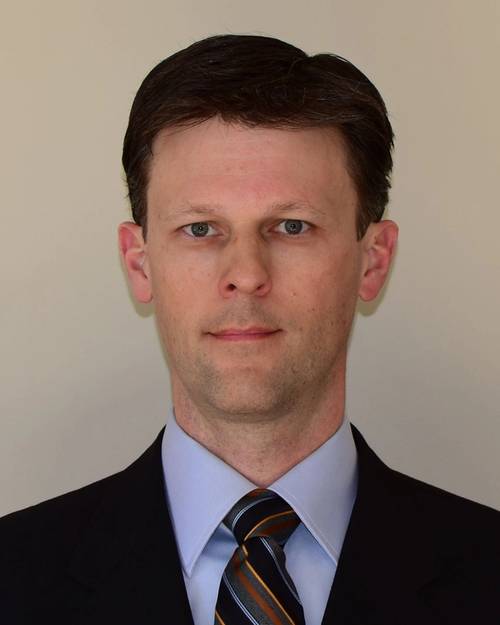Kraken Appoints Dillon as Chief Scientist
Kraken Robotics Inc. announced that Dr. Jeremy Dillon has joined Kraken’s wholly owned subsidiary, Kraken Robotic Systems Inc. as Chief Scientist.
Dr. Dillon has 20 years of experience in research and development with a background in signal processing and mathematics. As an original member of Kraken's Synthetic Aperture Sonar (SAS) team, he developed the signal processing algorithms for the AquaPix SAS imaging and bathymetry software. He also invented Kraken’s AquaTrak Correlation Velocity Log, participated in numerous sea trials and was the principal investigator for a multi-year DRDC funded project on repeat-pass interferometry.
Previously Dr. Dillon was a control systems engineer at Honeywell Aerospace, a flight test instrumentation engineer at Canada’s National Research Council (NRC) Flight Research Laboratory and a research officer in guidance, navigation and control at NRC. He developed the inertial/GPS navigation system and Kalman filtering software used in all NRC research aircraft. His more recent contributions at NRC have been in the areas of automatic aircraft collision avoidance, flight control laws for unstable aircraft and modeling stall dynamics using autoregressive neural networks.
Dr. Dillon completed his PhD in Physics and Physical Oceanography at Memorial University of Newfoundland. He also holds a MSc in Mathematics from Carleton University, a MSc in Aeronautics from Caltech, and a BEng in Aerospace Engineering from Carleton University, where he graduated at the top of the class and won the University Medal in Engineering. His doctoral research developed new probabilistic techniques for velocity estimation using a high resolution multi-frequency Doppler current profiler that is used for measuring turbulence and sediment transport in the ocean bottom boundary layer.
Dr. Dillon continues to have strong interests in acoustics, synthetic aperture imaging, GPU-accelerated computing, underwater navigation and vehicle control systems. His upcoming work will apply machine learning to further improve seabed imagery and to automatically recognize targets and other objects of interest on the seabed.














 December 2025
December 2025



